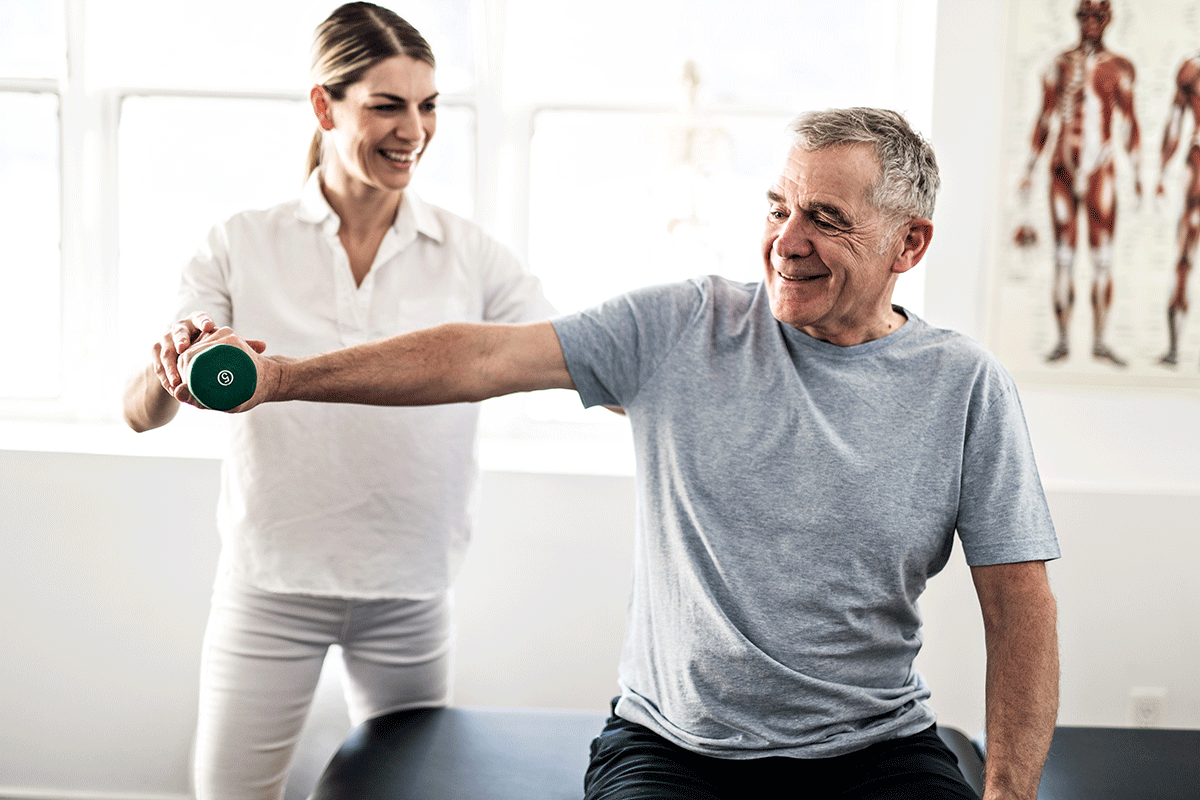
Sudden traumas in athletics can occur unexpectedly and frequently lead to critical problems for athletes. These injuries can range from twists and tears to breaks and concussions. To help prevent these injuries, it is crucial to adopt focused protective strategies. These strategies focus on education, appropriate preparation, gear use, and overall health maintenance. By addressing these key areas, athletes can considerably lower their chances of experiencing acute injuries while participating in their beloved activities.
One effective approach to reducing the likelihood of traumas is through instruction. Athletes, coaches, and guardians should be educated about the common types of injuries associated with specific activities. Comprehending the mechanics of these injuries allows all involved to identify the indicators and symptoms early. Educational workshops or seminars can assist teach players about proper techniques and the importance of preparing up before matches or practices. This understanding enables athletes to take responsibility for their well-being and motivates them to communicate any concerns about possible traumas.
Another important preventive strategy is adequate preparation. Athletes should engage in a comprehensive conditioning program that focuses on building strength, flexibility, and endurance. Strength conditioning helps build the muscles that stabilize joints, lowering the likelihood of injuries. Flexibility routines, such as stretching, can improve the scope of motion and reduce the risk of muscle tears. Additionally, players should integrate sport-specific drills that simulate game scenarios, which can help them become more acquainted with the actions involved in their chosen activity. Trainers play a crucial role in developing and executing these training programs to ensure they are secure and efficient.
The use of appropriate equipment is also essential in preventing acute traumas in athletics. Athletes should consistently wear the appropriate gear for their particular activity, including helmets, pads, and proper footwear. For instance, football players need helmets to protect against head injuries, while football players require shin guards to shield their legs from impact. It is crucial that equipment fits correctly and is maintained regularly to guarantee it provides the necessary protection. Trainers and parents should encourage players to take the time to choose and use the right gear to minimize their risk of trauma.
In addition awareness, training, and gear, upholding overall health is essential for injury avoidance. Athletes should prioritize adequate nutrition, hydration, and rest to keep their bodies in top shape. A nutritious diet rich in vitamins and minerals helps facilitate muscle recovery and overall physical performance. Maintaining hydrated is also important, as dehydration can result to fatigue and heighten the likelihood of injuries. Lastly, achieving enough sleep is crucial for recovery and maintaining focus during practices and matches. By promoting good well-being habits, athletes can improve their performance and lower their chances of experiencing acute injuries.
In conclusion, reducing the risk of Check This Out acute injuries in sports requires a multifaceted approach that includes education, proper training, appropriate equipment, and overall health maintenance. By focusing on these specific protective strategies, players can more effectively safeguard themselves from the risks of traumas. Coaches, parents, and athletes all have important roles to play in fostering a safe sports environment. By working together and prioritizing safety, the enjoyment of sports can persist without the disruption of serious traumas.